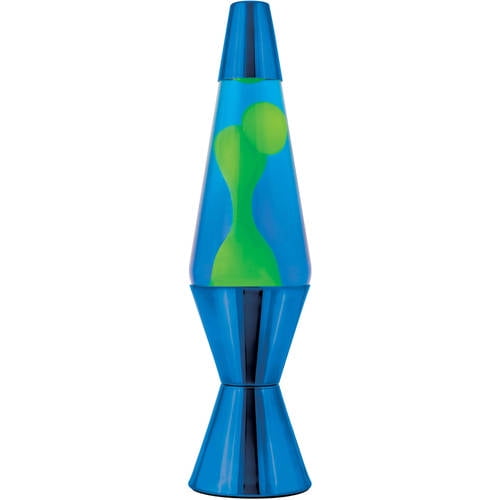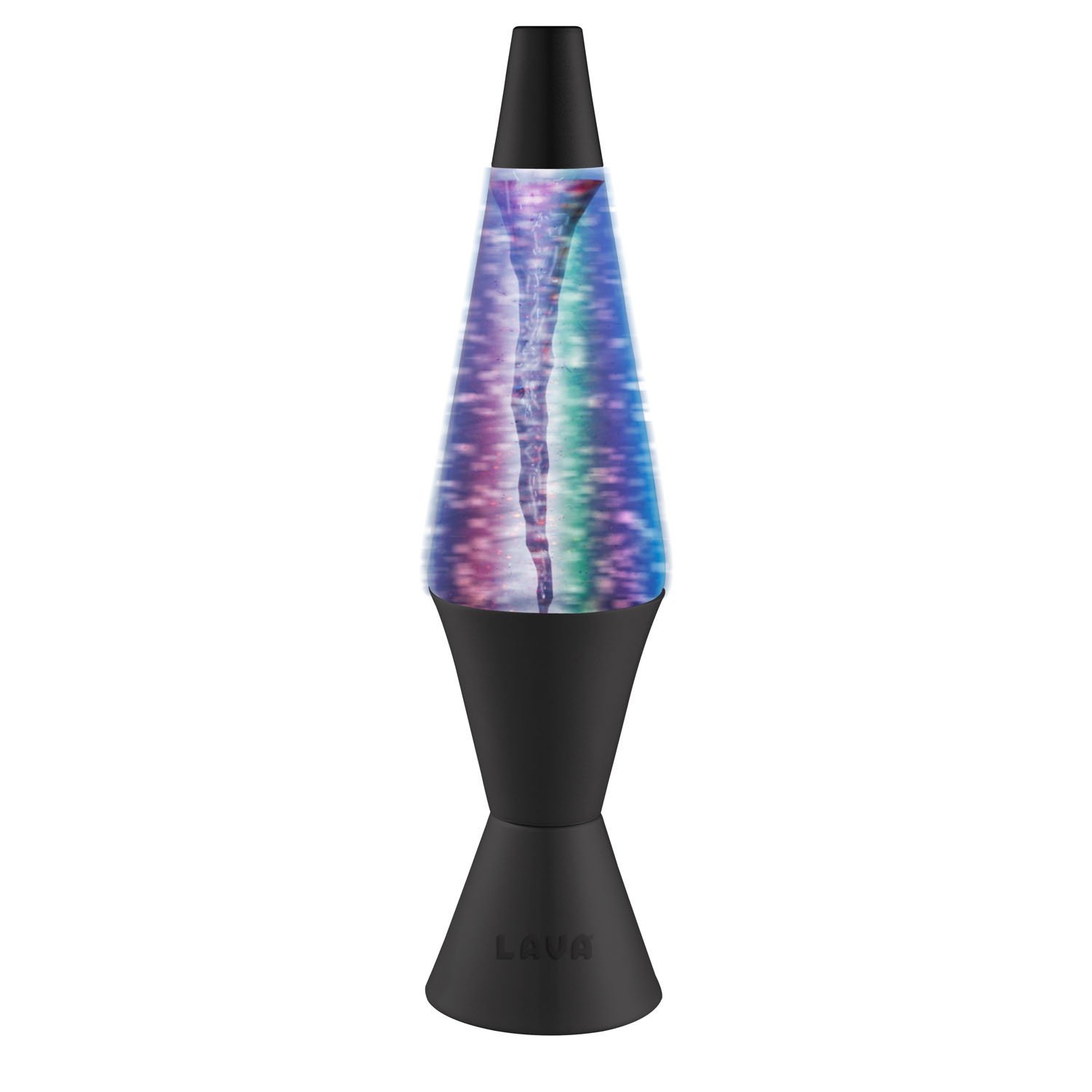

However, there is currently little evidence to support these claims.At a certain moment in the late 1960s, the lava lamp came to symbolize all things countercultural and psychedelic-although, as you might expect, those who basked in its lurid glow sometimes had trouble recalling exactly why. Himalayan salt lamps are claimed to improve air quality, boost mood, and help you sleep. However, this isn’t specific to salt lamps, and the theory hasn’t been tested. This is because bright light before bed can delay production of the sleep hormone melatonin ( 8, 9). It’s possible that using the dim light from a Himalayan salt lamp may help promote sleepiness toward the end of the day if you use it to replace bright electric lights. Thus, even if salt lamps do affect the air environment, it’s not clear if this would have an effect on sleep patterns. However, a 2013 review of the effects of air ionization on relaxation and sleep didn’t find any evidence of a beneficial effect ( 7). Studies have not yet examined the effects of Himalayan salt lamps on sleep. Thus, researchers questioned whether the link was causal ( 7).Īdditionally, it’s very unlikely that salt lamps could expose you to the high number of negative ions used in these studies. Nevertheless, the link they found wasn’t dose-related, meaning that people’s mood improvements couldn’t be explained by the dose they received. However, researchers did find that people with depressive symptoms who were exposed to very high levels of negative ions reported improvements in their mood ( 7). Yet, older human studies investigating claims regarding the psychological effects of air ionization found no consistent effects on mood or feelings of well-being ( 7). Some animal studies have shown that exposure to high levels of negative ions in the air may improve levels of serotonin, a chemical involved in mood regulation ( 1). They can boost your moodĪnother frequently made claim is that Himalayan salt lamps can boost your mood. Though some studies have found that this practice may be beneficial for certain respiratory conditions, more high-quality studies are still needed ( 3).įurthermore, tests on air ionizers, which emit high levels of negative ions, haven’t yet been shown to benefit people with asthma or improve respiratory function ( 4, 5, 6). In this therapy, people with chronic respiratory conditions are said to benefit from spending time in salt caves due to the presence of salt in the air. The claim that they are good for people with respiratory conditions may be partly based on the ancient practice of halotherapy. However, there is currently no evidence that using a Himalayan salt lamp can remove potential pathogens and improve the air quality of your home. More specifically, they are advertised as being beneficial for people with allergies, asthma, or diseases that affect respiratory function, such as cystic fibrosis.

Salt lamps are often claimed to improve the air quality of your home. There are three main health claims made about Himalayan salt lamps. What are the health claims and do they stack up? However, it is not currently clear whether they can produce any or enough ions to affect your health. Himalayan salt lamps are said to change the charge of the surrounding air by producing ions that have health benefits. However, this theory has not yet been tested.Ĭurrently, it’s unclear whether salt lamps produce ions in meaningful amounts, if at all. It’s suggested that Himalayan salt lamps may produce ions by attracting water particles that evaporate off as a salt solution when heated by the lamp, forming mostly negative ions ( 2). They can also be created artificially by commercially produced air ionizers. For example, waterfalls, waves, storms, natural radioactivity, and heat all produce air ions ( 1). They are produced naturally in the air when alterations occur in the atmosphere.

Ions are compounds that carry a charge because they have an unbalanced number of protons or electrons. Salt lamps are said to provide health benefits because they are “ natural ionizers,” meaning they change the electrical charge of the circulating air.


 0 kommentar(er)
0 kommentar(er)
